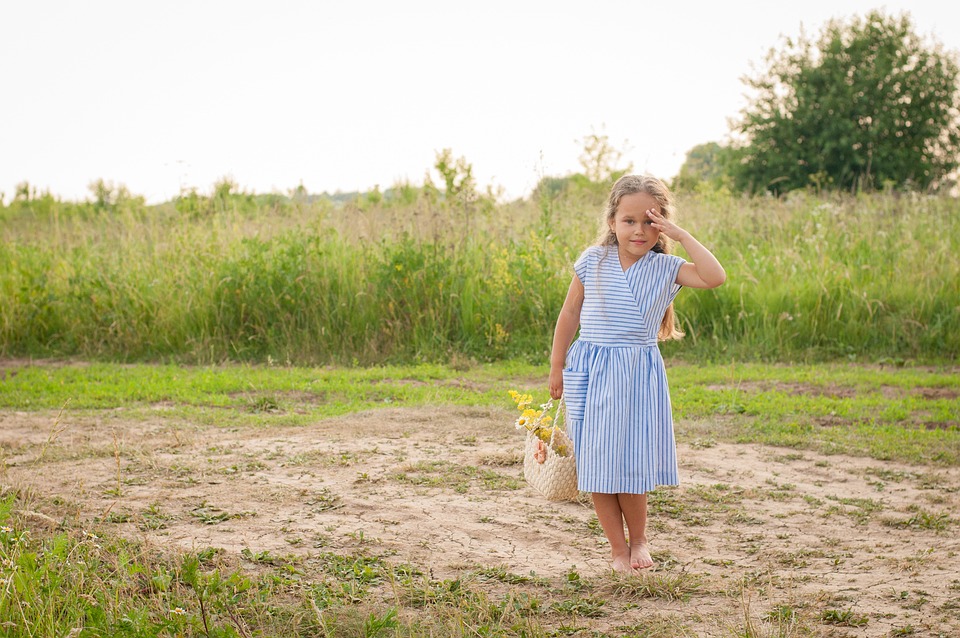Introduction
Fashion isn’t just for adults; it’s a language of personal expression that begins in early childhood. As society continues to evolve, so do the styles and trends embraced by the younger generation. Parents may find themselves balancing between comfort, functionality, and aesthetics when shopping for their children’s wardrobes. Understanding kids’ style trends is essential not only for parents and caregivers but also for educators, designers, and retailers who aim to meet the unique demands of this vibrant market. This article will explore the evolution of kids’ style, key trends influencing their fashion today, and future predictions for how children’s fashion will evolve.
The Evolution of Kids’ Fashion: A Brief History
Fashion for children has undergone significant changes over the years. In the early 20th century, kids’ clothing largely mirrored adult styles, prioritizing formality over comfort. Young boys wore tailored suits, while girls were often dressed in delicate, handcrafted outfits that included bonnets and layers of petticoats. Practical considerations were secondary, with much emphasis placed on appearance.
As the century progressed, significant cultural shifts led to a redefinition of children’s clothing. With the rise of youth culture in the 1960s and 1970s, children began to adopt a more playful and relaxed style. The prevalence of denim, graphic tees, and sneakers became popular, reflecting the rebellious spirit of the time. The focus shifted toward comfort and self-expression, allowing children to wear what they liked, rather than what was dictated by traditional standards.
The digital age has played a pivotal role in shaping modern kids’ fashion trends. With access to the internet and social media, children are more influenced by global trends than ever before. This access allows them to curate their personal styles with inspiration drawn from diverse sources, from YouTube influencers to TikTok challenges. Consequently, children today possess a broader range of choices, leading to a more eclectic mix of fashion preferences.
Current Kids’ Style Trends
1. Sustainability and Eco-Friendliness
One of the most significant shifts in kids’ fashion is the increasing emphasis on sustainability. Parents today are more conscious than ever about the environmental impact of clothing production. This growing awareness has encouraged many brands to adapt by offering eco-friendly options. Organic cotton, recycled materials, and ethically sourced fabrics have become more mainstream, allowing parents to choose garments that align with their values.
The concept of "slow fashion" is gaining traction in children’s wear, fostering the idea of buying fewer, higher-quality pieces that can withstand wear and tear. Brands like Frugi and Mini Rodini focus on sustainable practices, encouraging consumers to invest in items that are not only stylish but also environmentally responsible. This trend is also reflected in clothing swaps, thrift shopping, and rental services for kids’ clothing, providing cost-effective and eco-friendly alternatives.
2. Gender-Neutral Clothing
Another notable current trend is the emergence of gender-neutral clothing lines. For years, children’s fashion has been largely divided into "boys" and "girls" sections, but contemporary designers are beginning to break down these barriers. Gender-neutral styles, featuring relaxed fits, soft colors, and unisex designs, are now in high demand, catering to the growing movement advocating for inclusivity and breaking gender norms.
Brands such as Primary and Tootsa MacGinty champion the idea that children should wear what makes them feel good, regardless of societal expectations. This trend not only empowers children to express their individuality but also aligns with the values of parents who wish to raise their children in an inclusive environment. The rise of gender-neutral clothing is a reflection of changing cultural attitudes and provides an opportunity for kids to explore their identities beyond traditional norms.
3. Fusion of Functionality and Fashion
In today’s fast-paced world, functionality is equally as important as aesthetics in kids’ fashion. As children continue to lead active lives—whether they’re climbing trees, playing sports, or engaging in imaginative play—parents are on the lookout for clothing that is as practical as it is stylish. This fusion of functionality and fashion has led to the rising popularity of athleisure in children’s wardrobes.
Athleisure garments combine comfort and style, allowing kids to effortlessly transition from school to sporting events. Brands like Nike, Adidas, and Under Armour are now extending their ranges to cater specifically to children, offering chic yet functional options. Puffer jackets, joggers, and slip-on sneakers are becoming staples in a child’s closet, reflecting a desire for versatility and ease of wear.
The integration of technology into textiles also plays a pivotal role in this trend. Smart fabrics that are stain-resistant, moisture-wicking, and stretchable provide parents with peace of mind while ensuring that children can engage in various activities without compromising on style. The future of kids’ fashion seems poised to become even more advanced as technology continues to influence materials and design.
Conclusion
In conclusion, understanding kids’ style trends is crucial for parents, retailers, and designers alike. The evolution from traditional, formal attire to modern, diverse fashion statements highlights the changing landscape of children’s wardrobes. Today’s trends emphasize sustainability, inclusivity, and functionality, reflecting broader societal values and lifestyles.
As the future unfolds, we can expect even more innovation in the world of kids’ fashion. The desire for personalization will likely continue to grow, propelled by digital influences and the individuality of children. From sustainable practices to the blending of technological advancements, kids’ fashion is on an exciting trajectory that values comfort, style, and environmental considerations.
Parents must remain informed and responsive to these trends, not only to dress their children stylishly but also to instill values of sustainability and self-expression. By embracing these evolving trends, we create a dynamic and enriching environment for children to express their identities while making informed choices about their fashion futures.









Leave a Comment